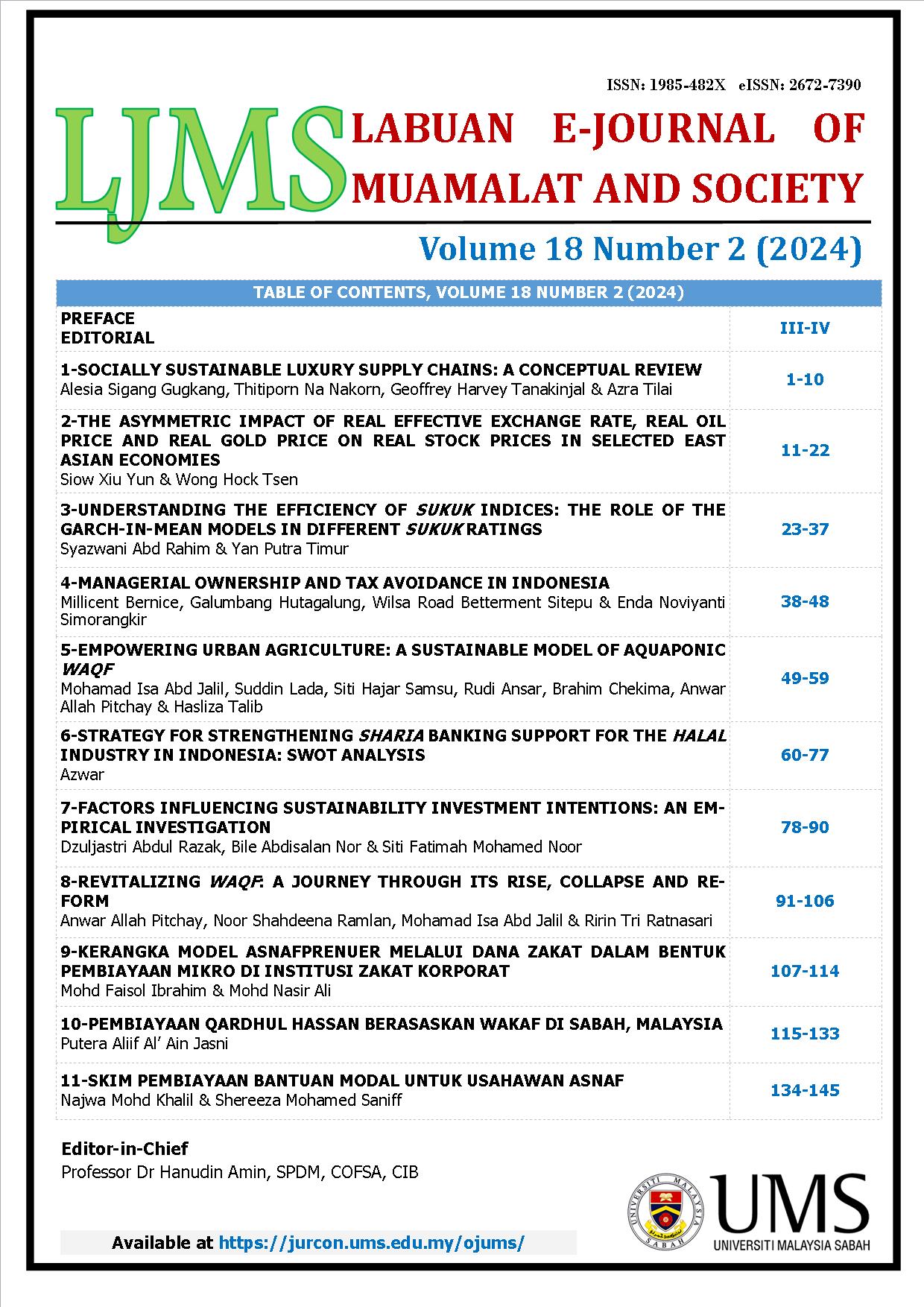REVITALIZING WAQF: A JOURNEY THROUGH ITS RISE, COLLAPSE, AND REFORM
DOI:
https://doi.org/10.51200/ljms.v18i2.5310Keywords:
Waqf, Islamic civilization, History of waqf, Financial endowments, Socio-economic developmentAbstract
This manuscript delves into the historical evolution, decline, and potential reform of the Waqf system, a pivotal institution in Islamic civilization. Waqf, an Islamic endowment of property to be held in trust and used for charitable or religious purposes, has significantly influenced socio-economic and cultural landscapes in Muslim societies. Beginning with its establishment by Prophet Muhammad (PBUH) and its flourishing during the Umayyad and Abbasid periods, the Waqf system facilitated the development of essential public infrastructure, including mosques, schools, and hospitals. However, the system faced challenges and decline, particularly during colonial rule, which disrupted its management and reduced its effectiveness. This study examines the foundational principles of Waqf, its historical significance, the reasons for its decline, and contemporary efforts to revive and reform Waqf institutions. Through a comprehensive analysis, this manuscript aims to highlight the enduring relevance of Waqf and propose strategies for its revitalization to address modern socio-economic needs.
Downloads
Published
How to Cite
Issue
Section
License
Copyright (c) 2024 Labuan e-Journal of Muamalat and Society (LJMS)

This work is licensed under a Creative Commons Attribution 4.0 International License.











